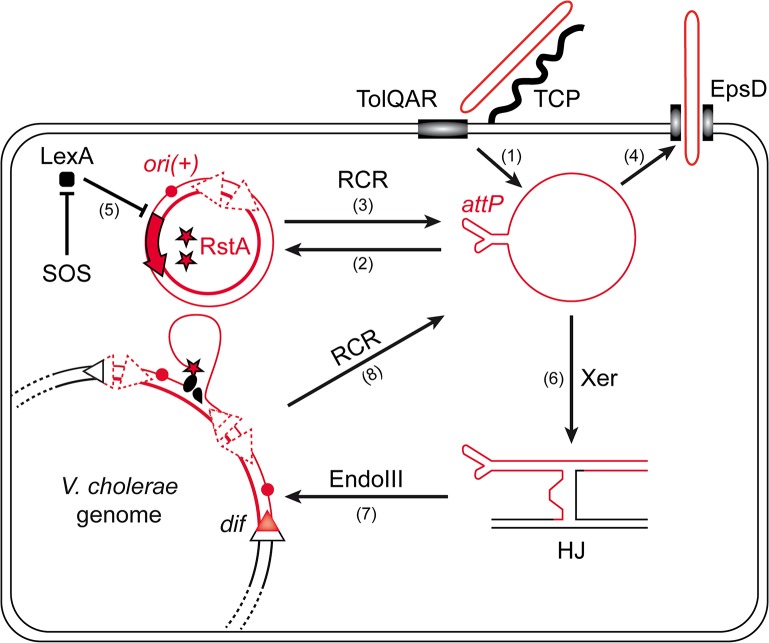Fig 1. Rolling-Circle Replication is central to the life cycle of CTXϕ.
Schematic diagram showing key steps in the life cycle of CTXϕ. CTXϕ infection requires the host-encoded toxin co-regulated pilus (TCP) and TolQRA proteins (1). After its release in the cytoplasm of its host, CTXϕ ssDNA is converted into a dsDNA by the host machineries (2). Rolling circle replication (RCR) of the phage depends on a single phage-encoded protein, RstA, and on the host machinery (3). New CTXϕ particle secretion depends on the host outer membrane protein EpsD (4). RstA production is under the control of the SOS response (5). Integration of CTXϕ depends on the host Xer machinery (6) and the accessory protein EndoIII (7). A process akin to RCR permits the production of free copies of CTXϕ ssDNA when the phage genome is integrated in tandem (8).

